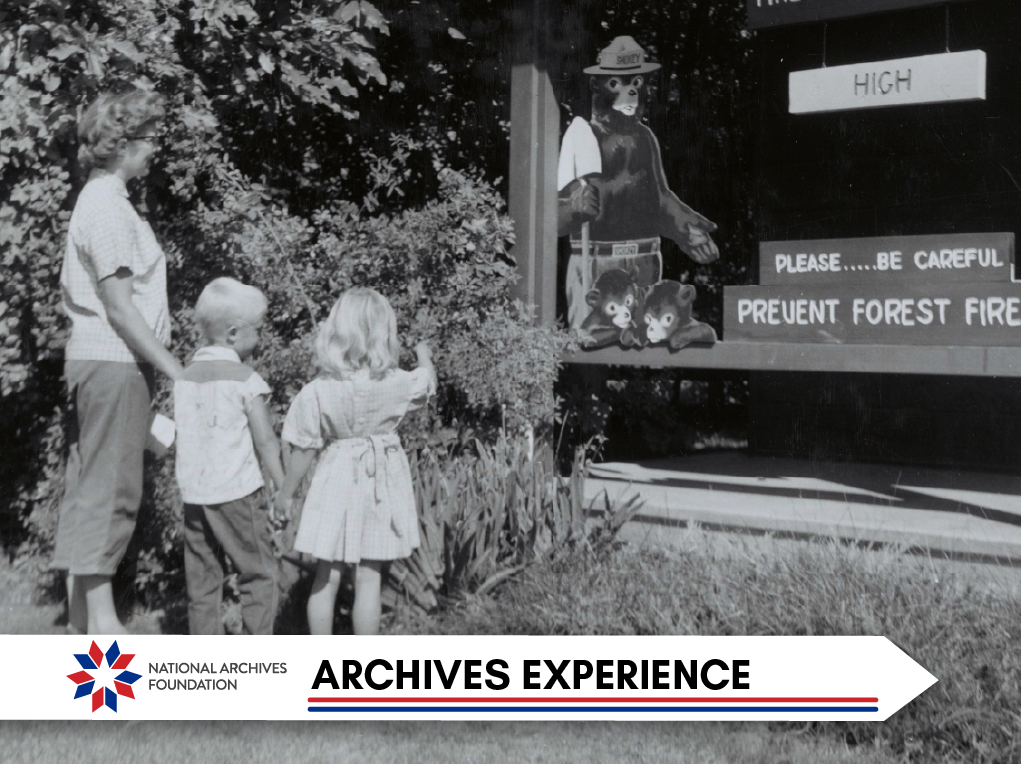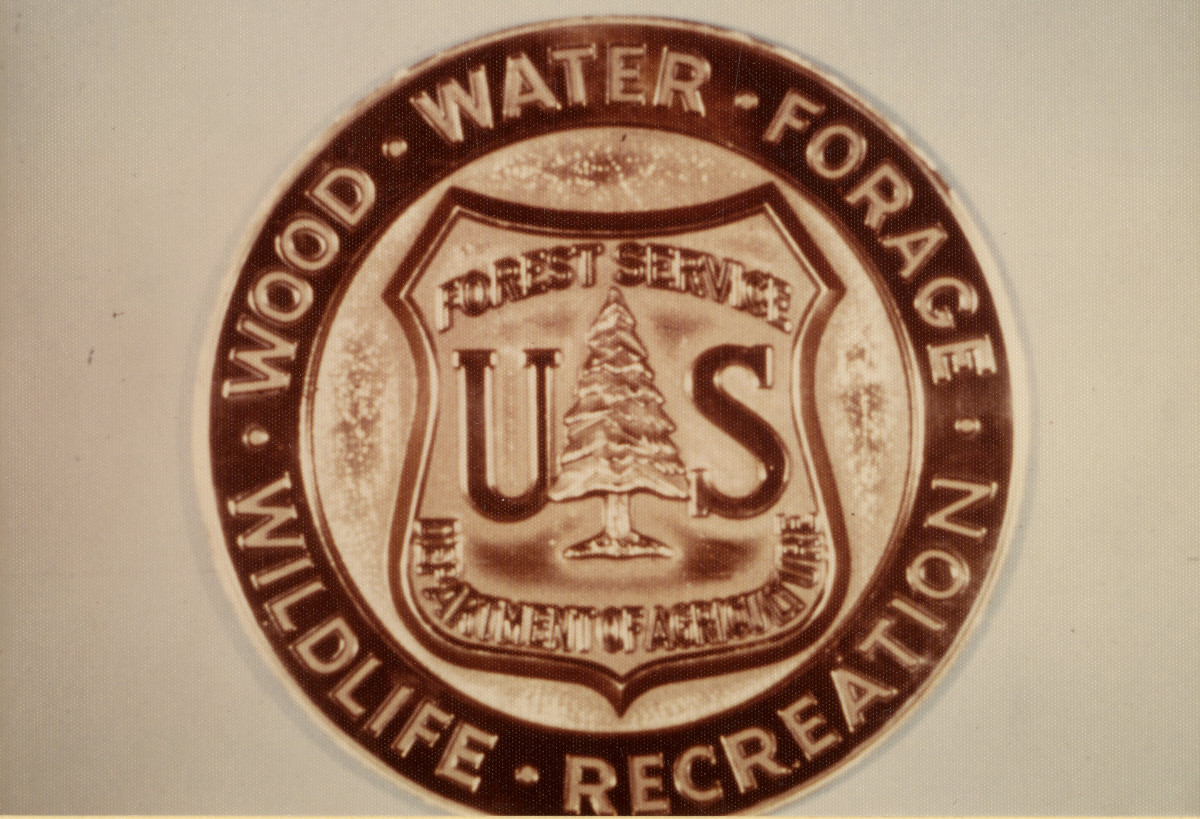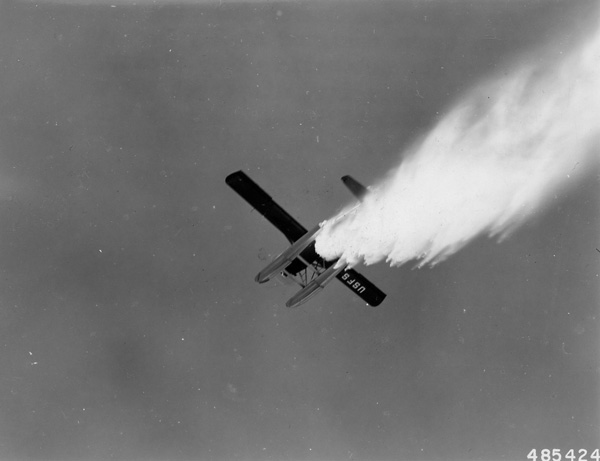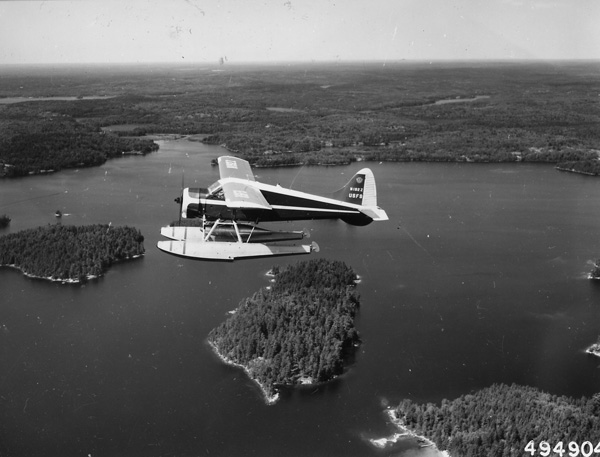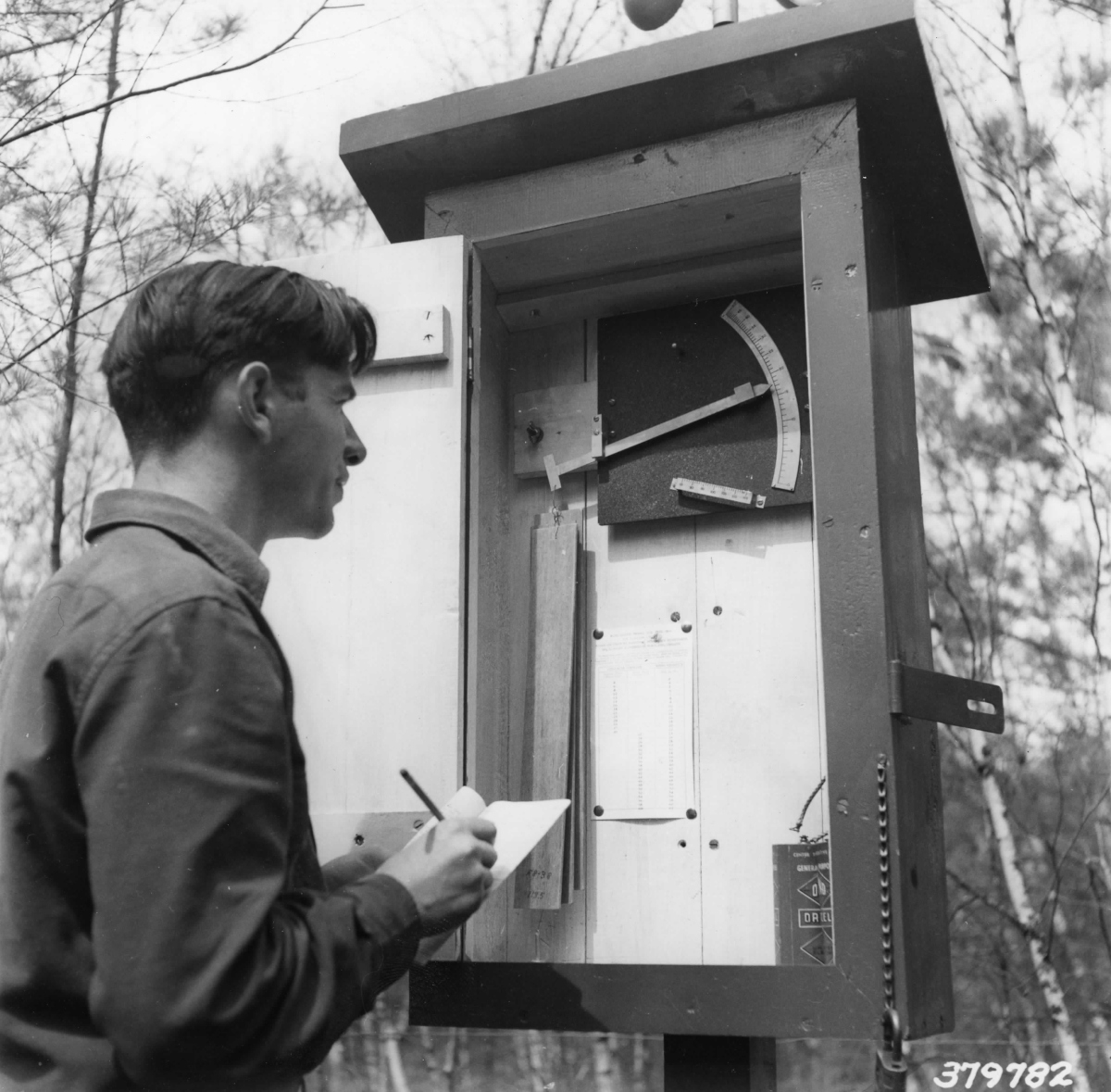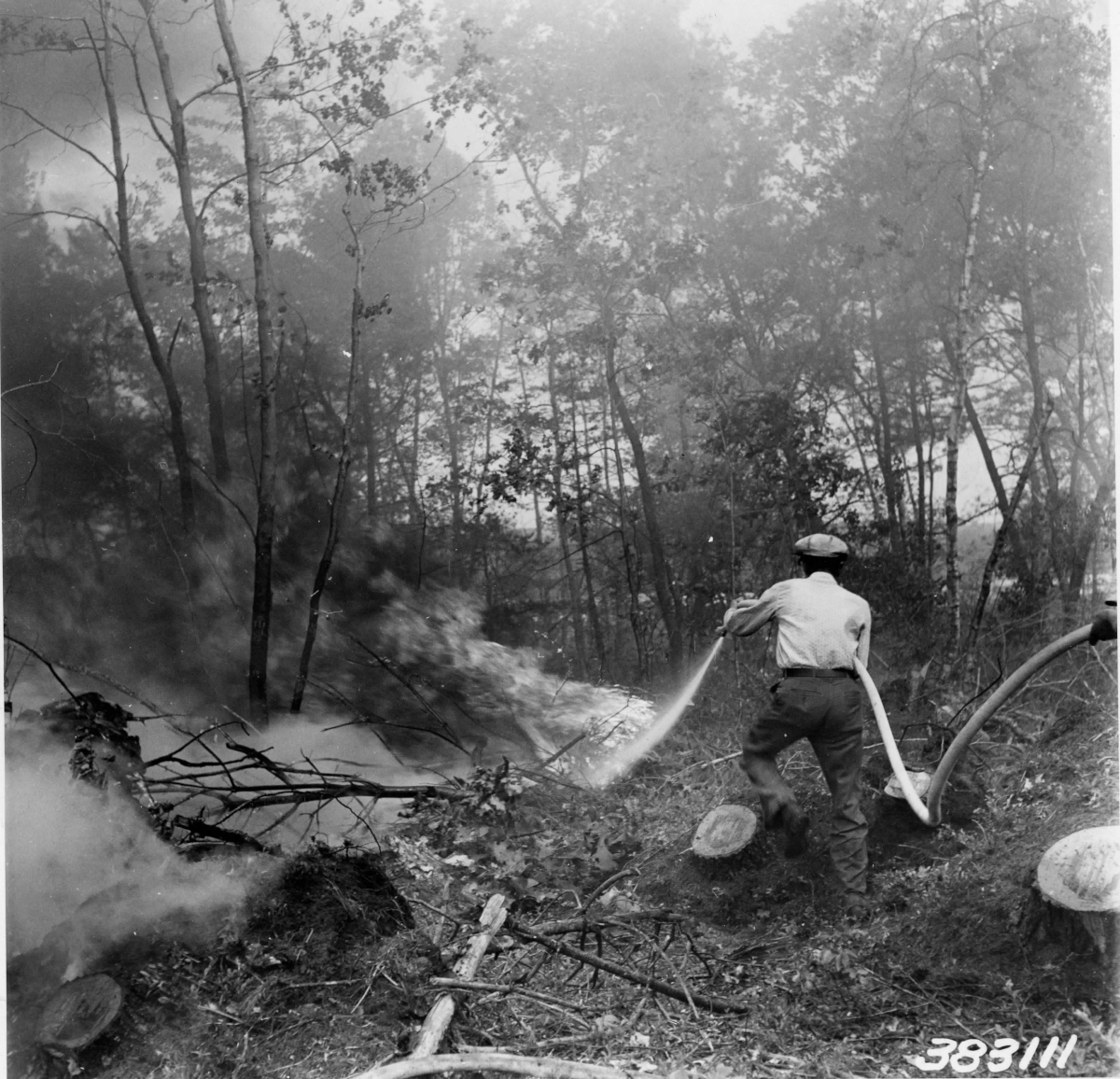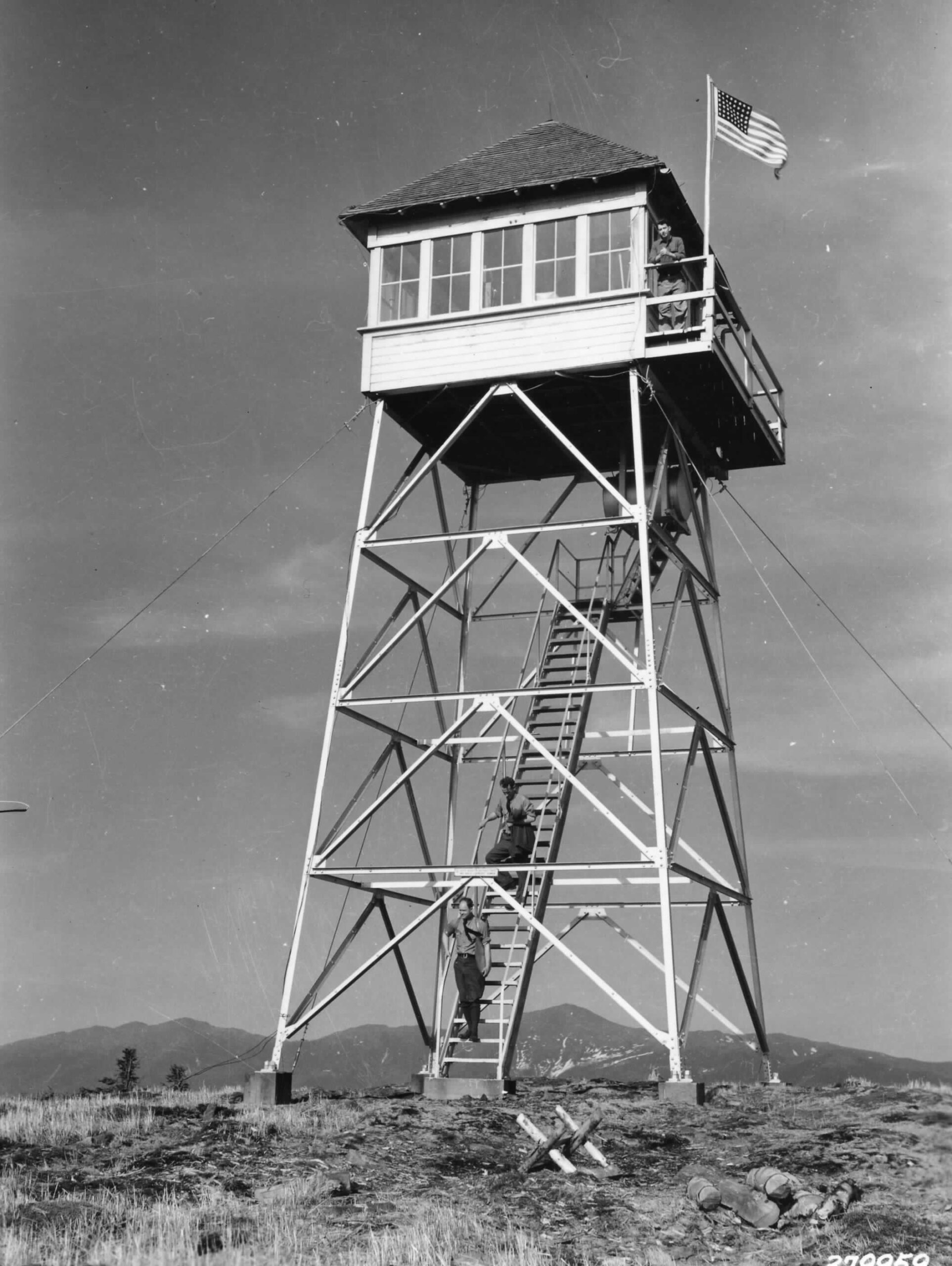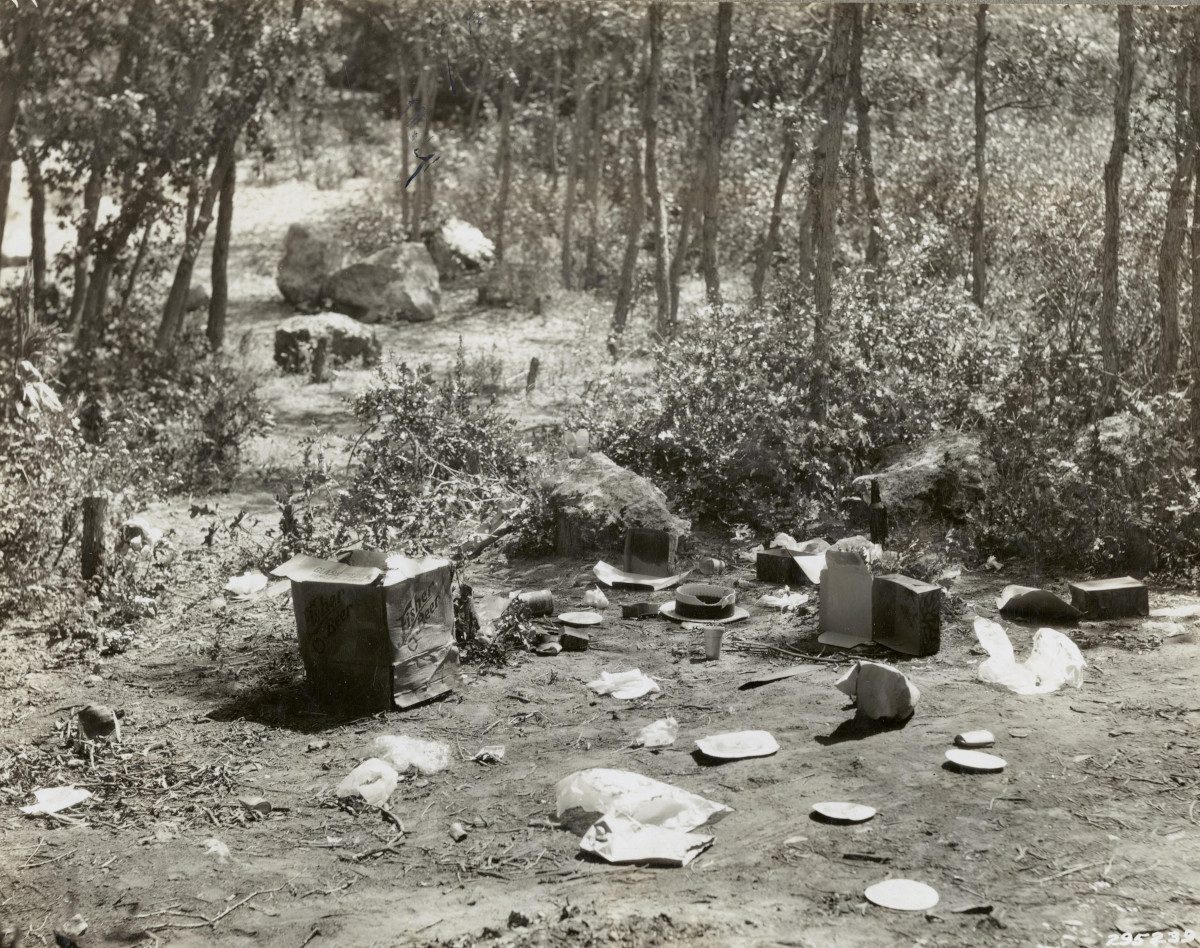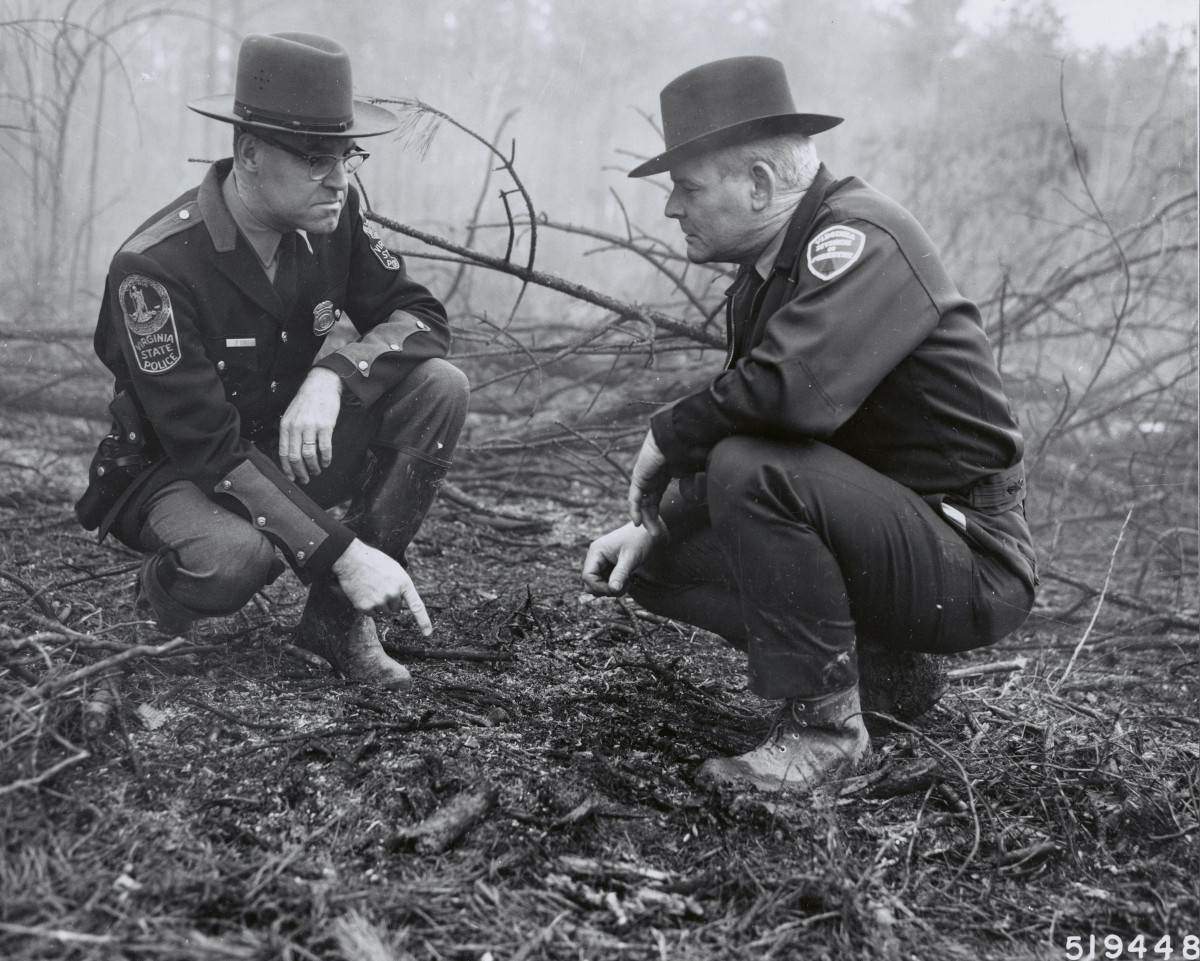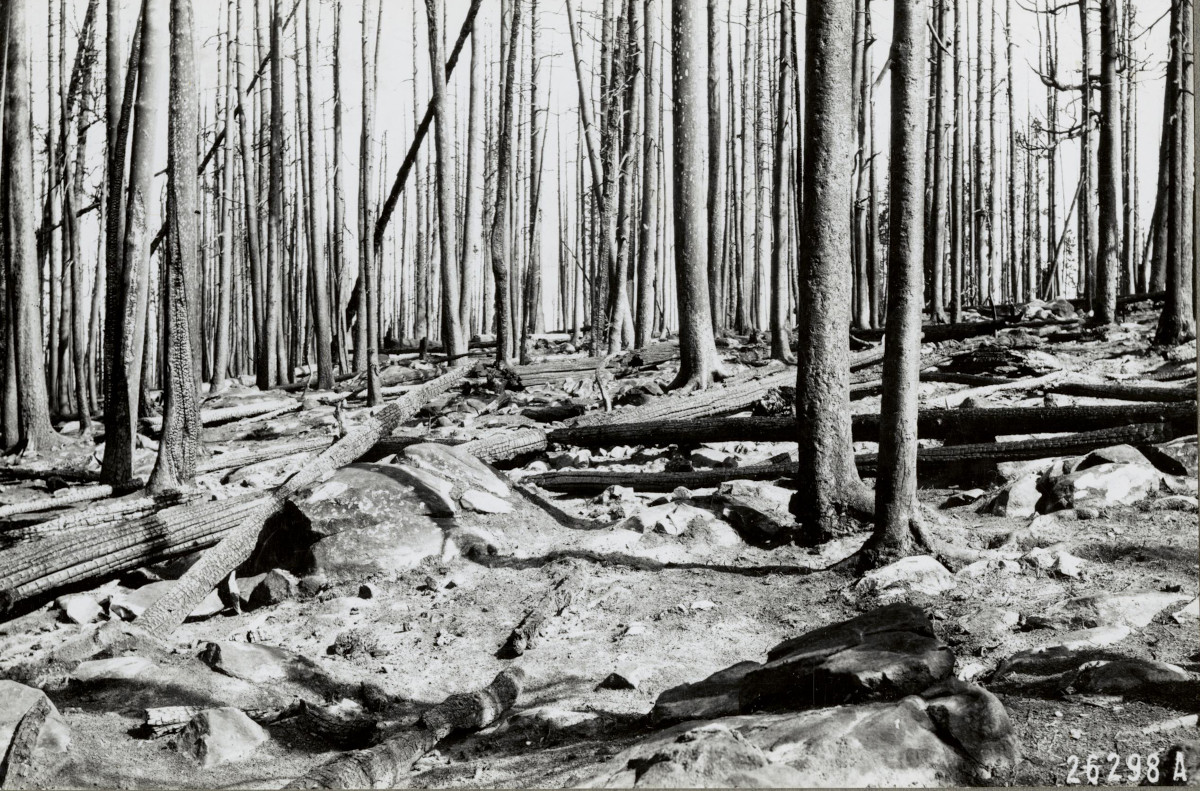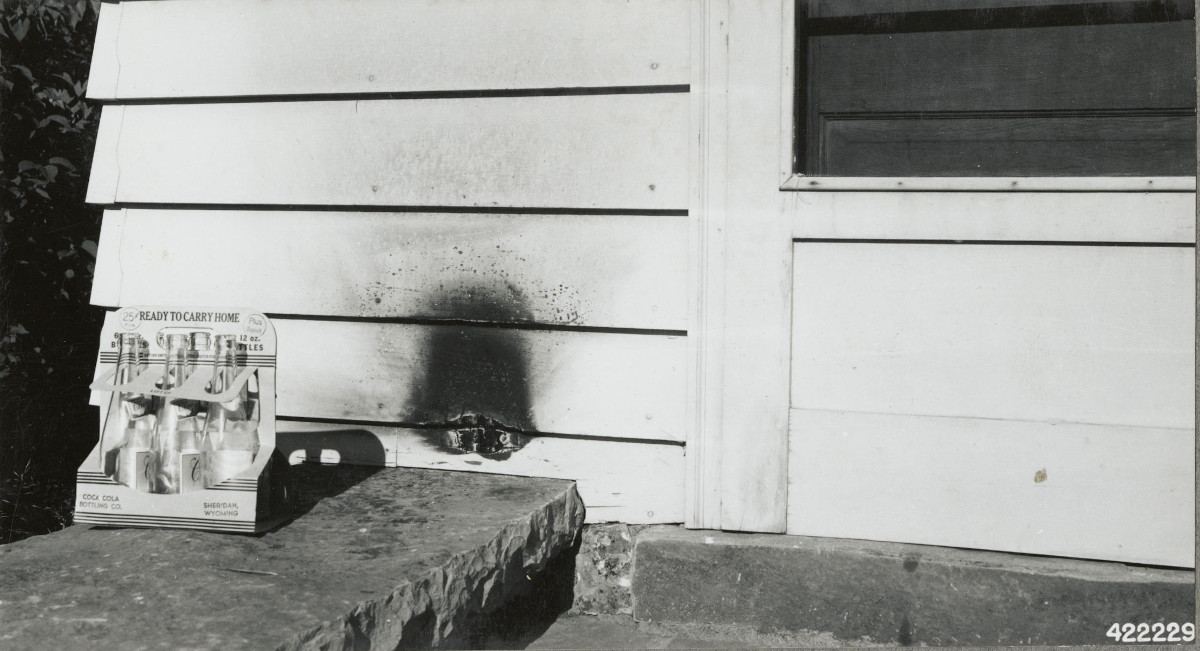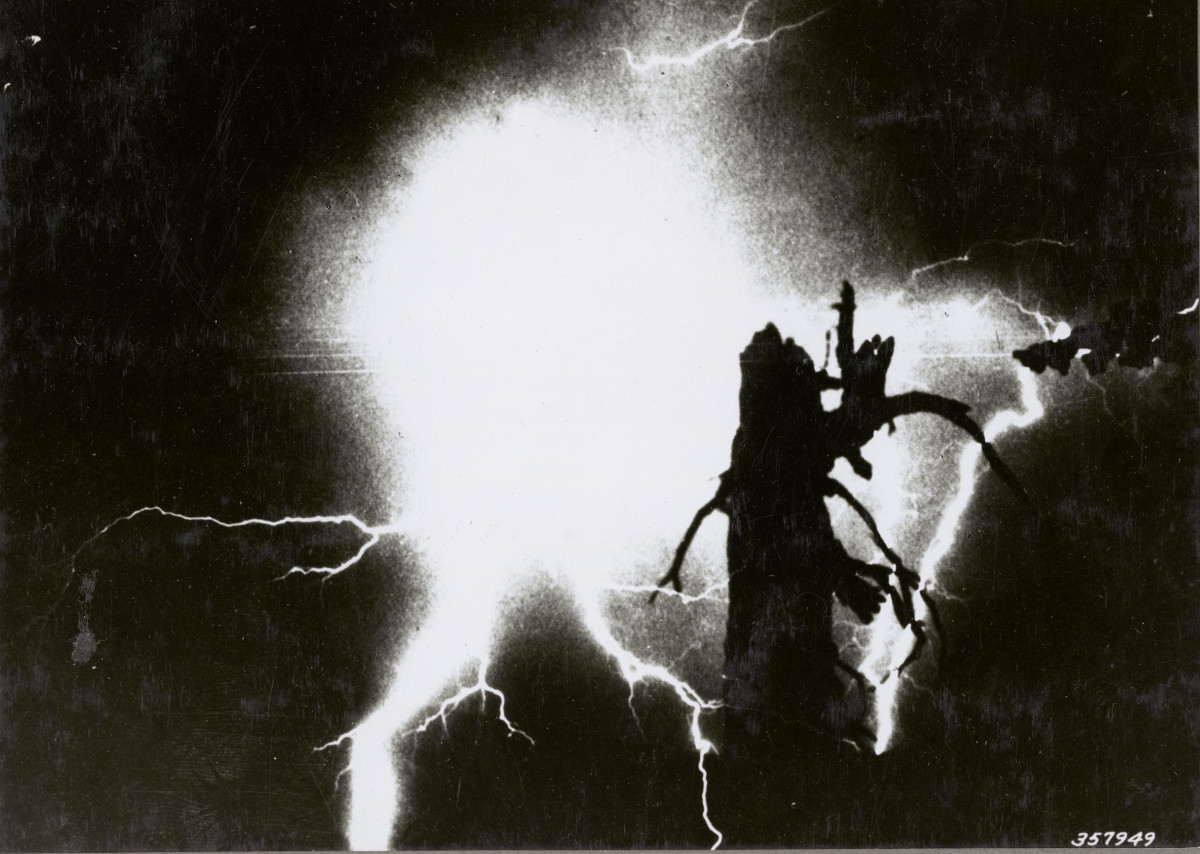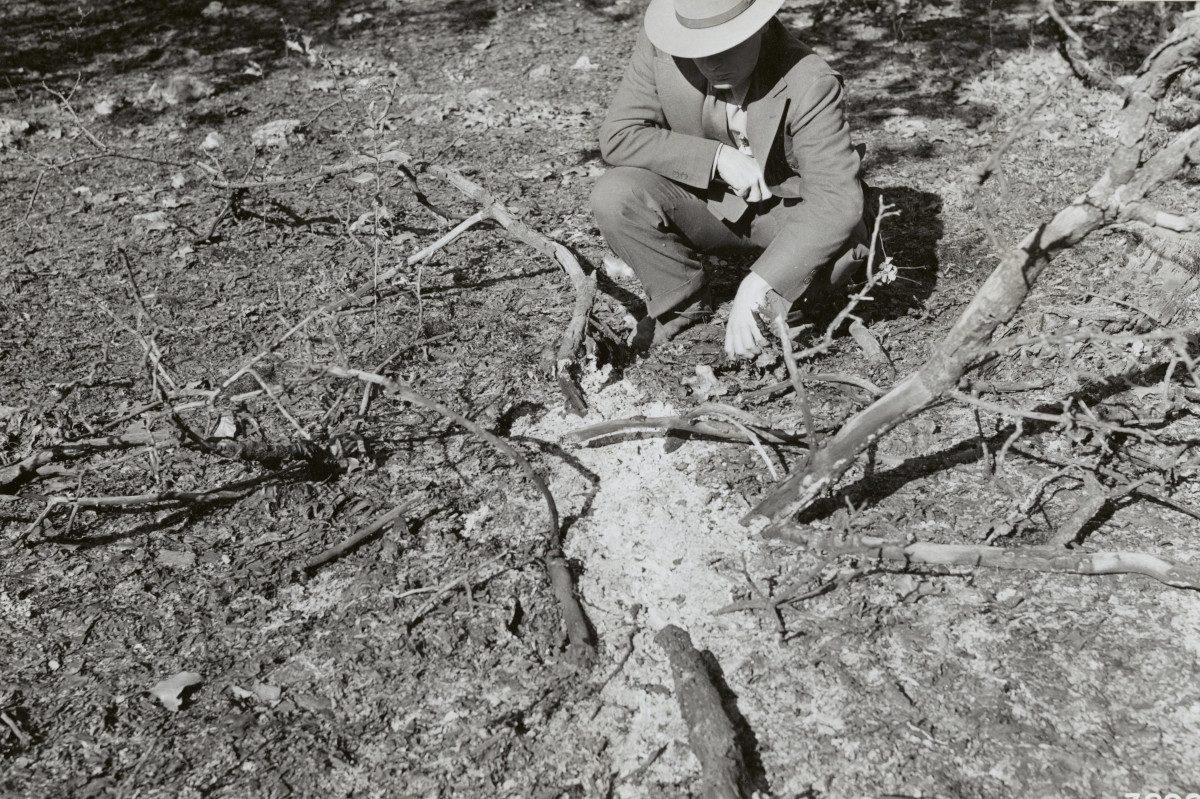Archives Experience Newsletter - August 22, 2023
Putting out the Flames
Wildfires have always been part of the cycle of nature. Tragically, over the last few weeks and months, the news has been filled with particularly devastating stories about wildfires. As we’ve seen this past summer, extreme weather and environmental disasters, particularly fires, pose great threats to our air quality, destroy homes and property, and can take lives.
At the turn of the 19th century, the government recognized the problem of forest fires, and a special branch of the U.S. Department of Agriculture was created to mitigate and prevent fires.
Today the National Forest Service is responsible for managing over 200 million acres of forest and grasslands. They also conducted one of the most successful public service campaigns in history, which saved millions of acres…
In this issue
Taking Root

Letter from Teddy Roosevelt to Gifford Pinchot on grazing concerns
National Archives Identifier: 6171607
Caring for the environment has long been part of our nation’s history. In 1876, Congress created the office of Special Agent in the U.S. Department of Agriculture, tasked with assessing the quality and conditions of forests. In 1881, it expanded to the Division of Forestry, and 10 years later, Congress passed the Forest Reserve Act. This allowed the president to designate public lands in the west as “forest reserves,” and one of our most highly recognized environmentalist presidents, Teddy Roosevelt, jumped at this opportunity. In fact, he created an entire Forest Service under the USDA, first led by Gifford Pinchot. The most famous National Forests–like Grand Teton and Sequoia–got their names from the system he began.
Currently, the National Forest Service employs more than 30,000 people who are tasked with preserving and maintaining our national forests and grasslands for future generations.
Growth in Responsibility
The Forest Service can’t care for 193 million acres (roughly the size of Texas) alone. As more people began visiting national forests throughout the 20th century, it became clear that people, although they enjoyed the forests, could also cause harm.

Smokey Bear at the National Zoo
Source: NARA’s Unwritten Record blog

Smokey Bear displaying high fire warning, Routt National Forest
Source: NARA’s Unwritten Record blog

Smokey Bear displaying moderate fire warning
Source: NARA’s Unwritten Record blog
Enter Smokey Bear. Or Smokey the Bear. It depends on if you’re referring to the bear himself (Smokey Bear), or the 1952 song “Smokey the Bear” written by Steve Nelson and Jack Rollins. Either way, Smokey Bear was a real bear cub rescued in 1950 by soldiers fighting forest fires in New Mexico’s Captain Mountains. Soon after his rescue and recovery, he was turned over to the Forest Service, where he found a permanent home at the Smithsonian National Zoo. Back in 1944, the Forest Service was already using a bear character named “Smokey Bear” to promote fire safety and wildfire prevention. Now, they had a real-life Smokey to point to.
The latter half of the 20th century saw dozens of PSAs featuring Smokey Bear and his famous catch phrase “only you can prevent forest fires.” The Forest Service and Ad Council used posters, photos, and television ads to communicate the importance of fire safety to the American public as they visited Forest Service sites. Discarded cigarettes and improperly built campfires were two of the biggest culprits of wildfire disasters plaguing our national forests. Along with his unforgettable catch phrase, Smokey Bear taught children and adults alike his “ABC’s” of Forest Care:
Aways break matches in two!
Be sure fires are out cold!
Crush all smokes dead!

Smokey Bear and full fire danger rating system
Source: NARA’s Unwritten Record blog
Using Smokey Bear, the Forest Service also developed the National Fire Danger Rating System, used to communicate the level of fire danger in any given area throughout the next few days. On a scale of “low” to “extreme,” Smokey Bear’s image appears alongside the fire level warnings to further advise people of the level of caution needed in the forest.
Smokey Bear’s decades-long campaign also evolved with the times. Throughout the ’60s and ’70s, celebrities like John Wayne often lent their voices to government PSAs. In the 1993 PSA below, Smokey Bear targets (or…tries to target) teens by embracing a new style of music–rap.
Smokey the Bear, 1952
(4 minutes 38 seconds)
Careless Killers PSA, 1963
(1 minutes 11 seconds)
Emptiness PSA, 1973
(1 minutes 10 seconds)
Forest Fire Prevention Campaign, 1993
(3 minutes 35 seconds)
Blooming Success
So just how successful is Smokey Bear? Today, the Ad Council estimates that 96% of adults recognize his image–a stunning statistic exceeded only by public figures like the President or Mickey Mouse.
That recognition has translated to results for the Forest Service. Between the 1930s and 1950s, the amount of forest fires decreased by about 400,000. In 1944, 22 million acres of forest per year burned, while in 2011, that number was only 6.6 million acres–and these are more attributed to climate and weather factors than human carelessness.
Source: NARA’s Unwritten Record blog
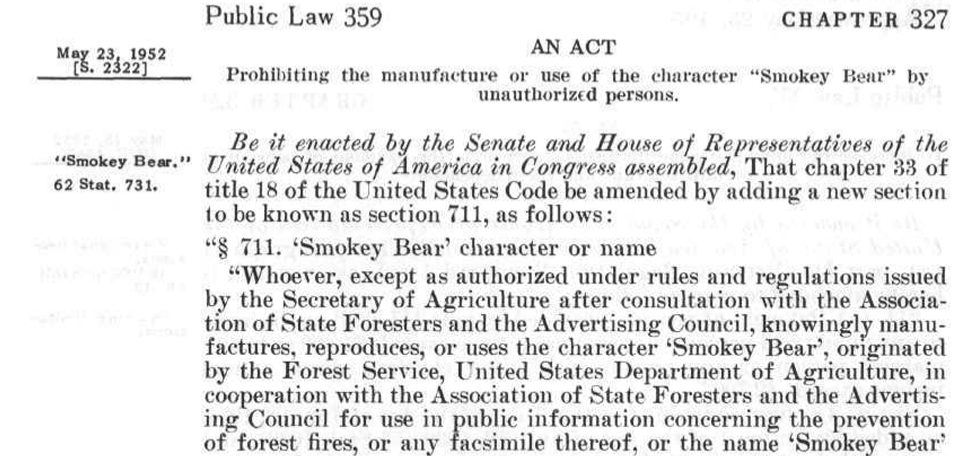
An Act prohibiting the manufacture or use of the character “Smokey Bear” by unauthorized persons
One potential reason for Smokey’s success is that he’s protected by Public Law 82-359. This reserves Smokey Bear for the use of the Forest Service (and other explicitly authorized government agencies) only. Other entities, whether corporate or nonprofit, are prohibited from using Smokey Bear’s image to advertise commercial products or services, thereby not diluting the Ad Council and Forest Service’s mission.





